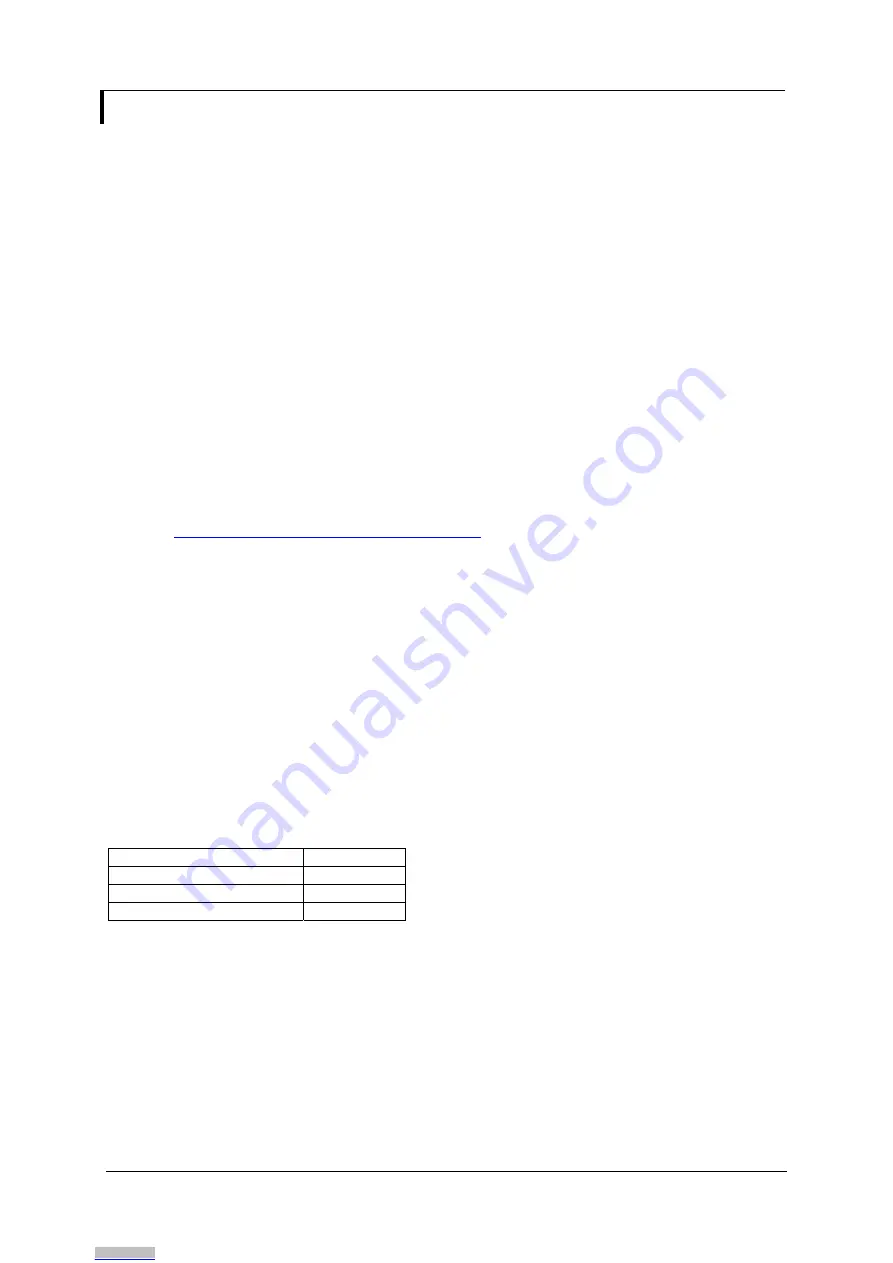
Specifications subject to change without notice
© Digital View Ltd – Doc Ver 1.2: 3 Dec, 2010 (AVP-1600_manual.doc)
Page
7 of 35
CONNECTION & OPERATION
CAUTION:
Never connect or disconnect parts of the display system when the system is powered up
as this may cause serious damage.
CONNECTION
Connection and usage is quite straight forward (it is useful to have the relevant connection diagram
available at this time):
1.
LCD panel & Inverter:
Connect the inverter (if it is not built-in the panel) to the CCFT lead
connector of the LCD panel.
2.
LVDS type panels:
Plug the LVDS signal cable direct to CN1 (if necessary). Insert the panel
end of the cable to the LCD panel connector.
3.
TTL single pixel type panels:
Plug the signal cables direct to CN2. Plug the other end of
cables to the LCD connector board (if connector board is required, otherwise the signal can
be direct plug to the LCD panel connector). Then plug the board connector to the LCD panel
connector.
4.
Inverter & Controller:
Plug the inverter cable to CNB1 and CNA1 (if necessary). Plug
another end to the connector on the inverter.
5.
Function switch & Controller:
Plug the OSD switch mount cable to CNC1 on the controller
board and another to the OSD switch mount.
6.
LED 1 :
Plug in a 3-way with dual color LED to connector LED1 on the controller board for
indicating the controller status.
7.
IR & Controller:
Plug in a 3-way with IR sensor to connector IR1 on the controller board.
8.
Jumpers :
Check all jumpers are set correctly. Details referring the connection diagram at
http://www.digitalview.com/controllers/csg.php
9.
Jumpers & Inverter & Panel voltage:
Particularly pay attention to the settings of JA3, JA6,
JB2, JB3. JB2 & JB3 are used for inverter control (read inverter specification and information
on the jumper table to define the correct settings). JA3 & JA6 are used for panel voltage
input (read panel specification and information on the jumper table to define the correct
settings).
10.
Video input configuration selection on CNV2 :
Enable Composite video 2 & S-Video 2
inputs support on CNV2 when setting JP2 open. Enable Composite video 2 -4 inputs support
when setting JP2 closed.
11.
Power supply & Controller:
Plug the DC 12V / 24V power in to the connector PP2. You
can consider to use DigitalView mating power cable P/N 426013800-3, 160mm. Please read
the jumper table in page 11-12 to define the correct settings. Otherwise it may break down
the panel.
12.
Power on:
Switch on the controller board and panel by using the OSD switch mount.
CAUTION
: Never connect or disconnect parts of the display system when the system is powered up
as this may cause serious damage.
Controller LED status (LED1) :
State LED
color
No signal & backlight off
RED
No signal & backlight on
ORANGE
With signal & backlight on
GREEN
General:
•
If you are using supplied cables & accessories, ensure they are correct for the model of panel and
controller.
•
If you are making your own cables & connectors refer carefully to both the panel & inverter
specifications and the section in this manual, “Connectors, Pinouts & Jumpers” to ensure the
correct pin to pin wiring.
OPERATION
Once the system has been connected and switched on there are a number of functions available
to adjust the display image as summarized in the following sections. The settings chosen will be
saved for each mode independently.
Downloaded from
Downloaded from
Downloaded from
Downloaded from
Downloaded from
Downloaded from
Downloaded from






















